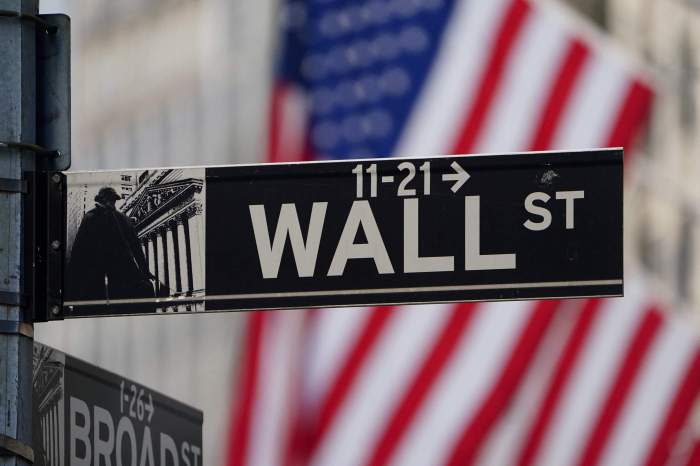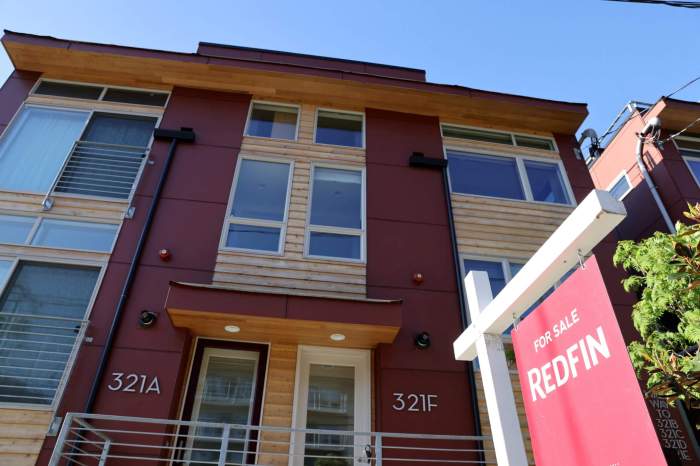It’s not just your family.
No Kid Hungry just surveyed hundreds of New Yorkers in all five boroughs, and nearly two-thirds agreed: it’s become harder to afford groceries and put food on the table.
Between the rising cost of everything from milk to vegetables, and the pandemic-related loss of income many New Yorkers are still digging out of, affording food is getting harder and harder.
One parent told us they hide groceries in their closet so their kids won’t eat them all at once. Another shared her heartbreak rushing to the ER because her child was sick from malnutrition.
This is real. And we have to start treating child hunger like the crisis it’s become.
How did things get this bad?
Inflation and food insecurity are closely linked. Think of your own bills and expenses. Everything is going up: rent, Con Ed charges, health insurance, even our morning cup of coffee. As fixed expenses—the bills we have to pay every month no matter what—rise, it leaves less and less for discretionary spending, like food.
We cut back.
But for millions of New Yorkers just barely hanging on, the double-whammy of rising prices and lost income mean there’s just not enough money left after bills to pay for groceries anymore.
And that’s forcing families to make some painful choices.
Nearly half of New Yorkers surveyed told us they couldn’t afford nutritious food.
More than a third said they skipped meals entirely.
One in five have run out of food in the house or gone a whole day without eating.
Think of your neighbors down the hall and down the block. Chances are a family you know is going through this behind their apartment door.
Hunger hides in plain sight. We can’t always recognize it, but it’s everywhere in our city.
New Yorkers get it. And they overwhelmingly want their elected officials to do more to help families put food on the table. According to our poll, a huge majority—85 percent – agree that ending childhood hunger should be a top priority for elected officials in New York. Four out of five New Yorkers want their government to do more than it’s doing right now.
So what can be done?
Right now, New York City is kicking off the final month of negotiations over its nearly $100-billion budget. In a budget that vast, child hunger has to be a priority—New Yorkers demand it.
There are simple ways the City can do a lot more, quickly.
The federal SNAP program (what we used to call food stamps) is the single most effective tool out there to get families more money to pay for groceries. A family of four can be eligible for up to $600 a month in SNAP benefits to use at the grocery store or farmers market—that’s real money.
But hundreds of thousands of people who are eligible for SNAP right now have no idea that they quality. No family should leave this money on the table while their kids go hungry. The City Council has proposed a $10 million infusion into the City’s Human Resources Administration to more expansively promote SNAP and reach families who are eligible but unenrolled. Passing it is a no-brainer.
Secondly, our survey found the parents with kids in New York City public schools were even more likely to face hunger in the home. Our public schools can help end that disparity.
During the pandemic, all New York City public schools offered alternative breakfast options like grab-and-go meals or breakfast in the classroom, which ensure more kids can start the day fueled to learn. These models must become permanent. If we can promise every child in New York City three healthy meals a day – breakfast, lunch and afterschool meals – we can lighten the burden on families and fight hunger at home.
These are simple solutions to a complex and growing problem. Our leaders have just weeks to act.
New Yorkers deserve a City budget that doesn’t leave cupboards empty.
Rachel Sabella is the Director of No Kid Hungry New York.



































